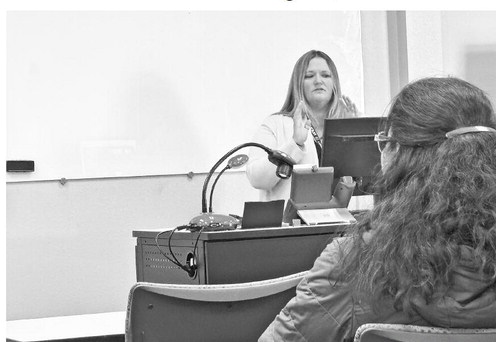Telehealth options offer an alternative to sitting in a waiting room
While keeping people distanced from each other during the current public health emergency is critical to prevent the spread of COVID-19, the people of Wisconsin still require heal...




